Nutrient sources and the spatial distribution of mosses in an antarctic ecosystem.
Nutrient sources and the spatial distribution of mosses in an antarctic ecosystem.
Climate change will strongly affect the functioning of high latitude ecosystems. In Antarctica, we study an early succession soil-plant system, aiming to understand the role of different nutrient sources on the spatial distribution of moss vegetation. In the extreme maritime environments of the subantarctic South Shetland Islands archipelago, sea bird colonies provide an important source of nutrient input to terrestrial ecosystems. However, with rapidly changing climatic conditions, weathering and soil development might strongly accelerate. This can lead to lasting changes in nutrient availabilities, and thus facilitate the spread of plants.
We test this theory along a transect of young soils on Deception island, a volcanic island north of the Antarctic Peninsula, using an interdisciplinary approach. Analysis of biogeochemical parameters will help us to understand the role that microbial activity and weathering processes have on soil nutrient status. Collaboration with Chilean experts in the fields of bryophyte ecology and microbiology will provide essential insights into respective community dynamics and functioning. Finally, state of the art drone technology coupled with hyperspectral imaging will be used to link soil information and plant distribution across space.
Impressions of the field campaign January 2019
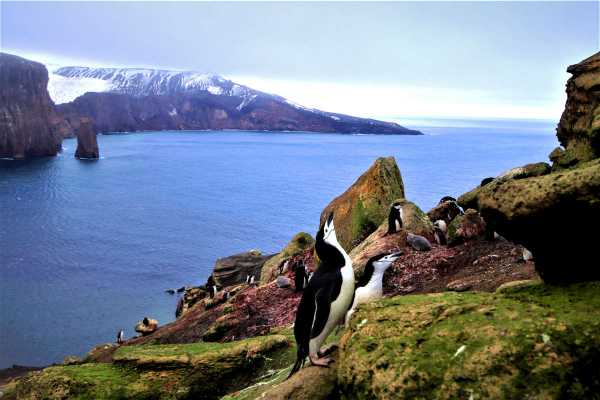 The soils on Deception Island are very young and develop from volcanic parent material. Image: Daniel Wasner
The soils on Deception Island are very young and develop from volcanic parent material. Image: Daniel Wasner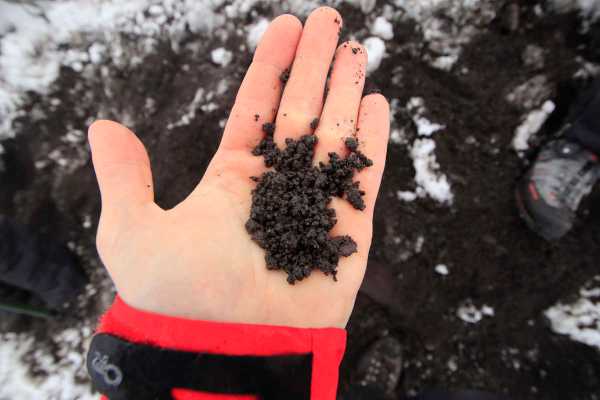 Deception Island has a wonderful ring shape due to its volcanic origin, with a sea inlet forming a huge bay which is protected from the open sea. Image: Daniel Wasner
Deception Island has a wonderful ring shape due to its volcanic origin, with a sea inlet forming a huge bay which is protected from the open sea. Image: Daniel Wasner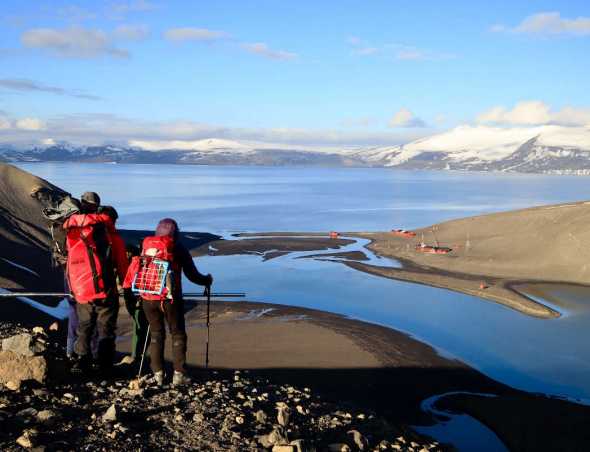 Logistics still pose challenge to sampling campaigns. Without the professional infrastructure of the hosting research programs, such work would be impossible. Image: Daniel Wasner
Logistics still pose challenge to sampling campaigns. Without the professional infrastructure of the hosting research programs, such work would be impossible. Image: Daniel Wasner
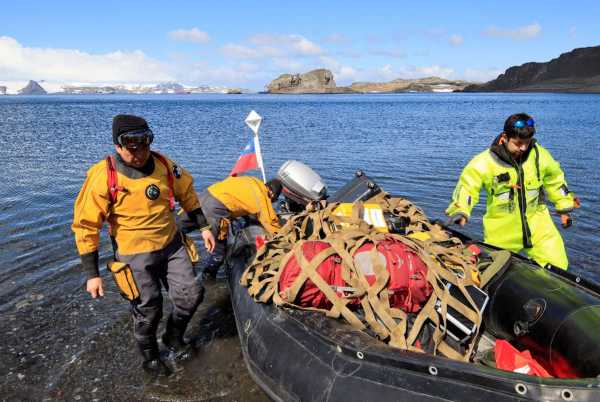 On the way to our sampling sites. Big red immersion suits are meant to protect us in case of an emergency on water. Feels like going to space! Image: Daniel Wasner
On the way to our sampling sites. Big red immersion suits are meant to protect us in case of an emergency on water. Feels like going to space! Image: Daniel Wasner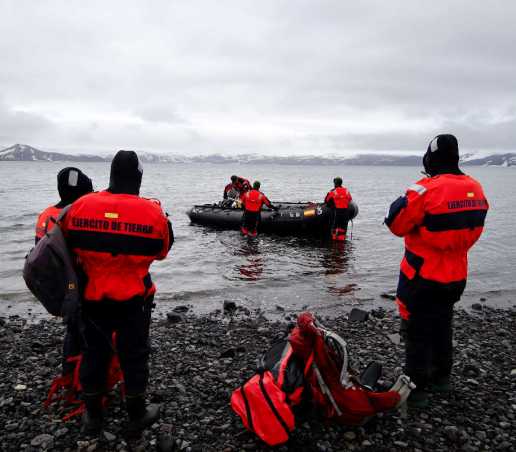 Among other parameters, we also measured available nutrients on site with PRS probe. The locals were rather unimpressed. Image: Daniel Wasner
Among other parameters, we also measured available nutrients on site with PRS probe. The locals were rather unimpressed. Image: Daniel Wasner
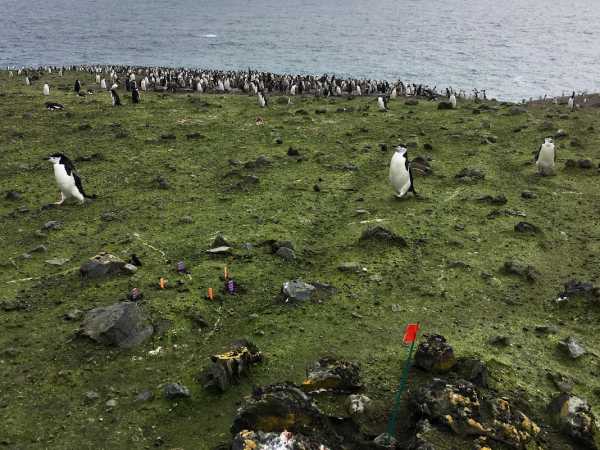 A very interested Antarctic colleague. Or did he suspect beer in the cooler?! Image: Daniel Wasner
A very interested Antarctic colleague. Or did he suspect beer in the cooler?! Image: Daniel Wasner
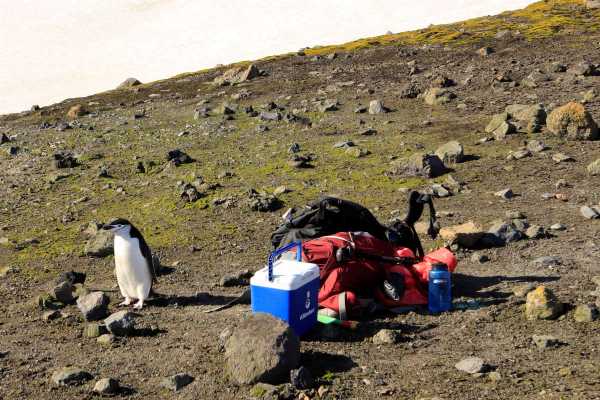
Preliminary project external page Daniel Wasner